Bone Drift
Title:
Organiser/Presenter(s):
Statement:
Political/Relational model of disability
Beyond the ‘social model of disability’ which argues that disability is constructed by the way society is organised, rather than by a person’s impairment or difference, the political/relational model of disability ‘presents disability as a political site that is ever-changing and always in relation to other people, environments, and attitudes’.1 This model reveals the contingent ways in which the body is valued and often commodified, and it provides a specific lens through which to examine our own identity and ability within these systems at this moment in time. What does extending the time period in which we look at the evolution of the body in relation to its enabling/disabling properties, and the political contexts it exists within, afford us?
Deep time
One evolutionary theory credits bone’s existence to the need of our early ocean-dwelling vertebrate ancestors to bioaccumulate calcium, in discrete ‘waste disposal sites’ within their bodies, to avoid toxic calcium levels accumulating within cells. Once vertebrates moved onto land, these calcium deposits found useful repurposing as structural scaffolding against the collapsing forces of gravity. The changing role of calcium and bone across this timescale destabilizes a view of bone’s ‘inevitability’ and brings to the fore the contingent nature of bone’s existence and function. Even within the timespan of an individual life, bone is constantly forming and reforming itself, being as malleable as any of the body’s tissues, and resulting in a fluidity in the categorisation of ‘abled’ and ‘disabled’ across our lifetimes – from our pasts, to our current orthopaedic circumstances, and into our aged futures.
Disability identity
Pynor and Crouch will interrogate this fluid identity through the lens of their personal experiences of congenital hip dysplasia and more recent hip replacements. They are, to borrow terminology from Rosi Braidotti, in a constant state of ‘becoming’ in relation to their (dis)abled identities in the world. They will use their current moment in time, where they are exploring post-surgical identities, to 3 / 4 explore the fluidity of the boundaries of ‘disability’ in collaboration with people with diverse lived experiences.
Co-creation workshops
Drawing on Pynor’s recent work Habitation – where she worked with her own surgically excised bone material to make a bone china object – Pynor and Crouch will guide participants to get hands-on with the materiality of bone, through the processes – or rituals – involved in making bone china clay. Participants will be invited to bring their lived experiences and reflections into dialogue with the making process. A conceptual, experiential and aesthetic framing will be offered, in which to create a personal object drawing on bone china technologies, metal artifacts and wax, reflecting participants’ own bodies and experiences. When placed together within a broader conceptual and aesthetic framing, these objects will form an artwork that represents a collective exploration of what it means to live with temporary, hidden and/or orthopaedic disability – now, in the past or into the future.




